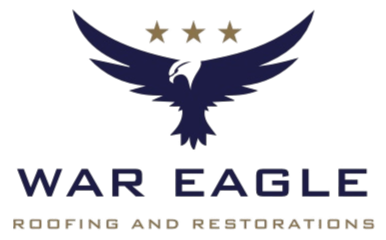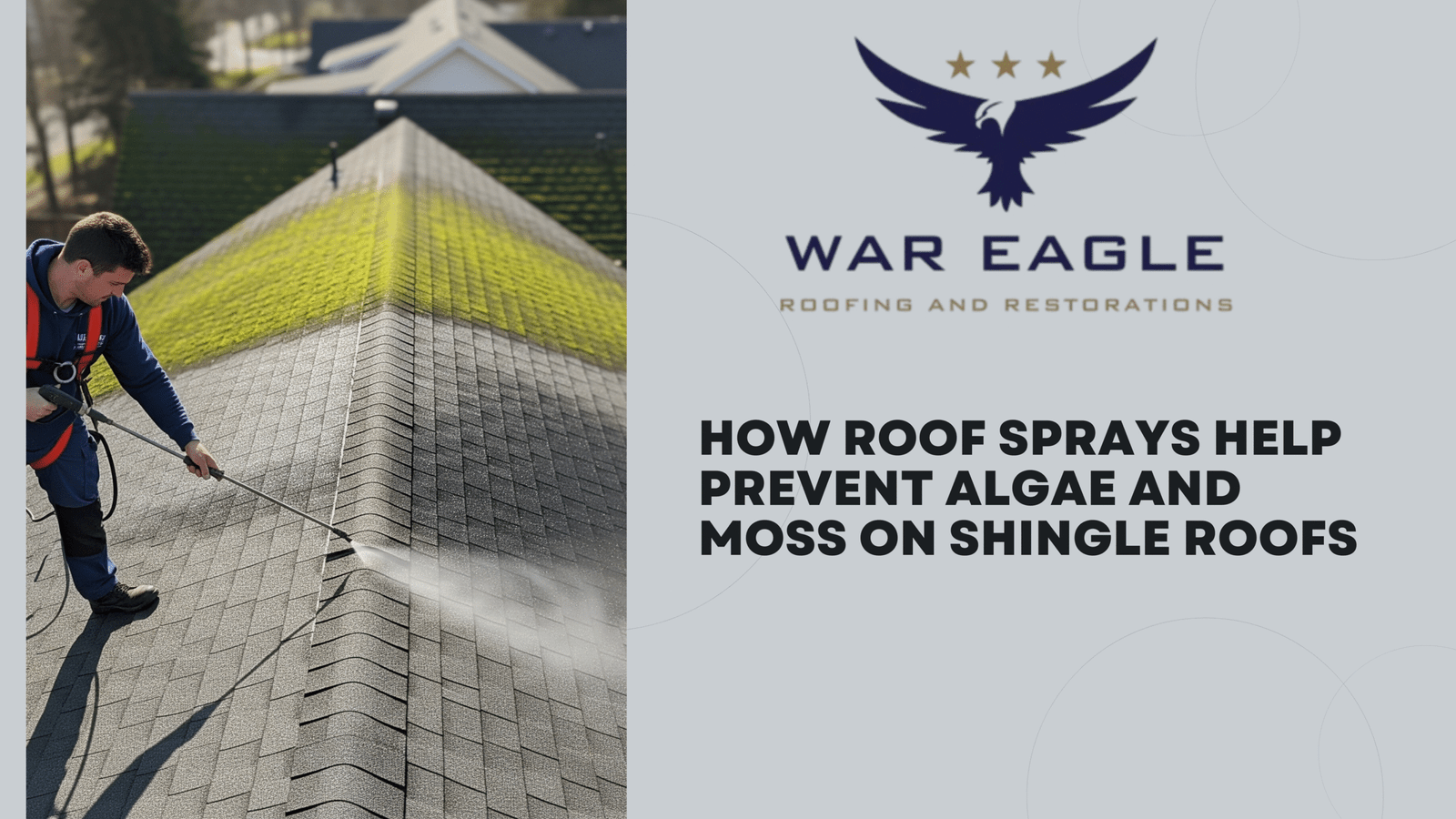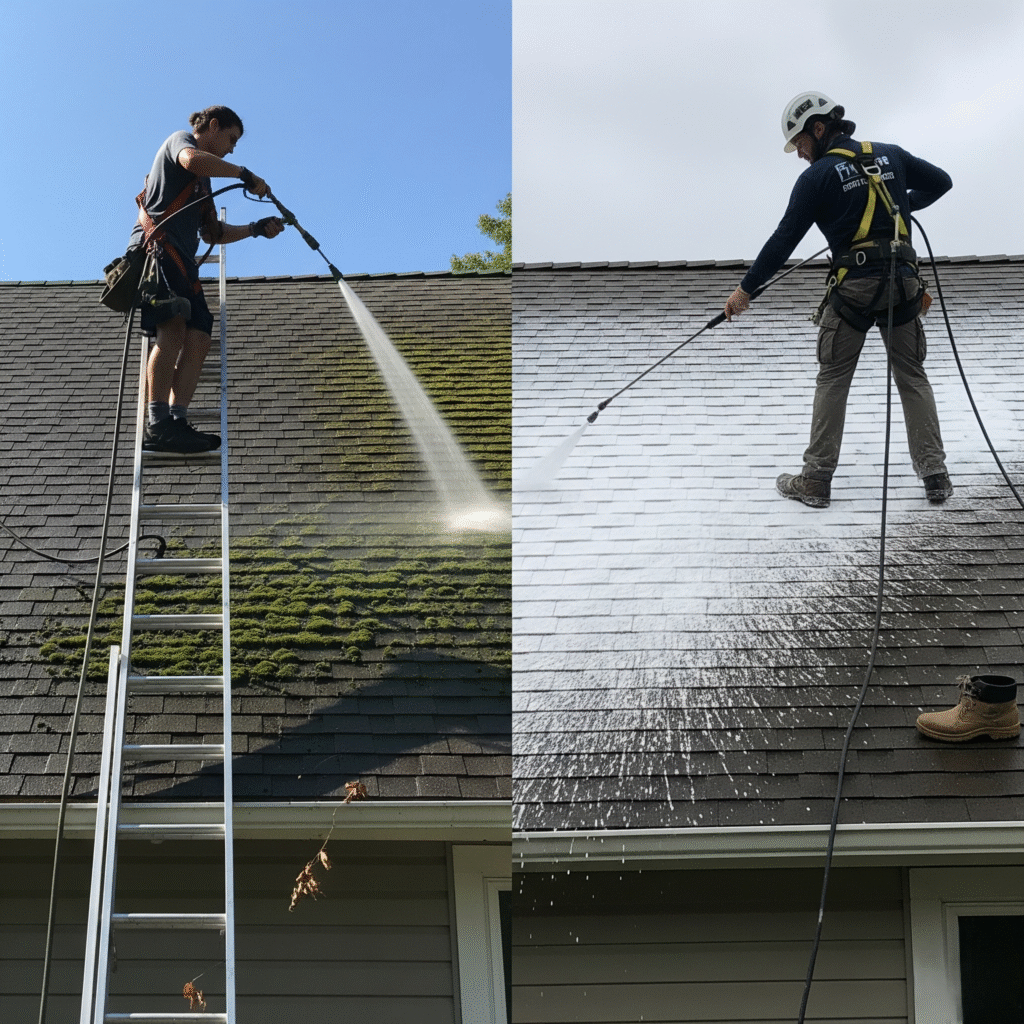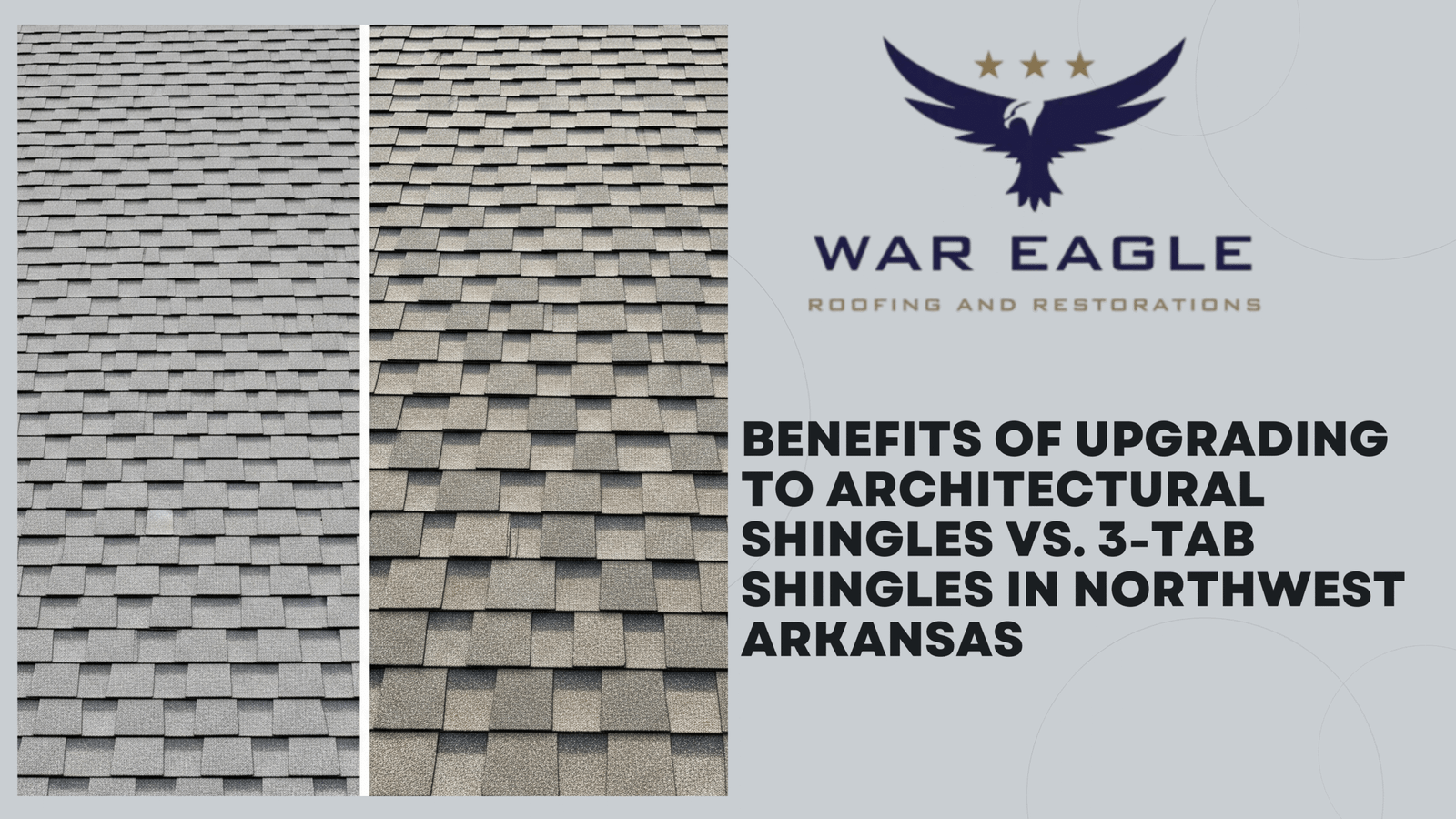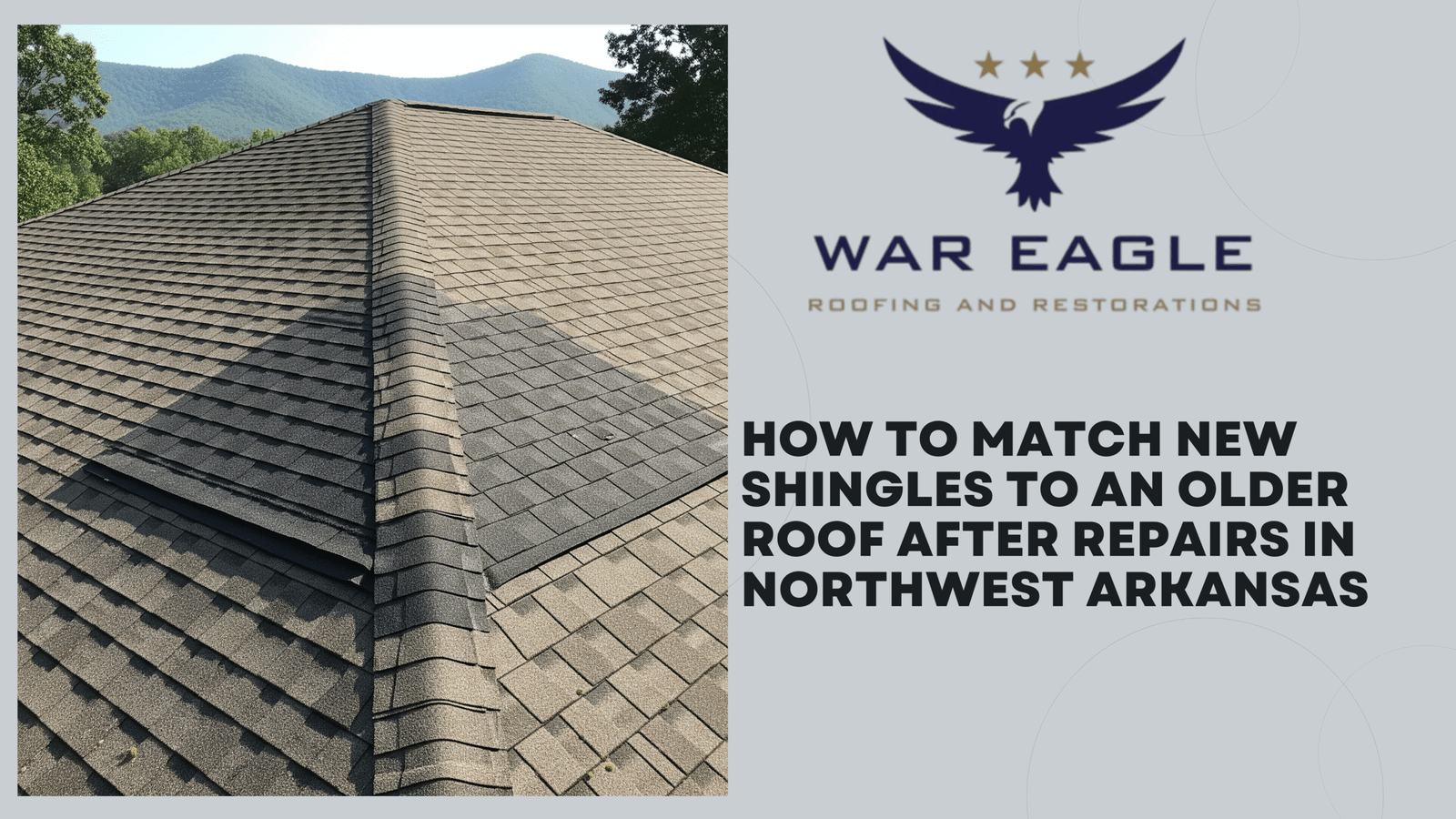If you’ve ever noticed dark streaks or green patches forming on your shingle roof, you’re likely dealing with algae or moss. These organisms thrive in warm, damp environments and can cause serious issues if not addressed. Algae, particularly the type called Gloeocapsa magma, feed on the limestone filler in asphalt shingles. Meanwhile, moss retains moisture and can cause shingle edges to lift, which leads to leaks and structural damage over time.
The Role of Roof Sprays in Prevention
Roof sprays have become a go-to solution for homeowners looking to protect their shingles. These products are designed to kill existing growth and prevent future infestations by forming a barrier that repels moisture and limits organic buildup.
There are two primary types of roof sprays:
- Cleaning Sprays: Used for immediate removal of existing moss and algae.
- Preventative Sprays: Designed to keep new growth from forming.
How Roof Sprays Work
Most roof sprays work using a combination of mild surfactants, copper or zinc-based ingredients, and biodegradable cleaning agents. These chemicals penetrate the algae or moss, breaking them down and preventing their return. Some formulas also contain UV-blocking agents that prevent future mold and algae spores from taking hold.
Benefits of Using Roof Sprays on Shingles
Protects Roof Lifespan
Regular use of roof sprays extends the lifespan of your shingles by preventing organic decay.
Improves Curb Appeal
No more black streaks or green patches, your roof looks fresh and clean year-round.
Reduces Maintenance Costs
A preventative spray is far cheaper than repairing or replacing a damaged roof.
Eco-Friendly Options Available
Many modern sprays are biodegradable and safe for nearby plants, pets, and the environment.
Signs Your Roof Needs an Algae or Moss Spray
- Black streaks forming on your shingles
- Green fuzzy patches in shaded areas
- Water pooling or poor drainage due to moss buildup
- Lifting or curling shingles
- A musty smell from your attic
If you notice any of these signs, applying a roof spray could help you avoid costly repairs later on.
Best Times to Apply Roof Sprays
Timing is key. For best results:
- Apply during dry, mild weather, ideally in spring or early fall.
- Avoid rainy days or peak summer heat, which can evaporate the spray before it works.
- Reapply every 6 to 12 months, depending on your local climate and shade coverage.
DIY vs. Professional Application
DIY Application
If you’re handy and have a sturdy ladder, many over-the-counter roof sprays are safe and easy to use. Choose a hose-end sprayer for large areas or a pump sprayer for targeted treatment.
Tips:
- Always wear protective gloves and goggles.
- Start from the bottom and work your way up to avoid streaking.
- Don’t forget to rinse the surrounding vegetation if needed.
Professional Application
Hiring a professional ensures proper application, especially for large or steep roofs. Many roof cleaning services offer maintenance packages that include spraying and inspection.
How Long Do the Effects Last?
A high-quality roof spray can provide up to a year of protection, depending on weather conditions, tree coverage, and roof slope. Some premium brands claim multi-year protection when used consistently.
To maintain results:
- Reapply on schedule.
- Trim overhanging branches.
- Keep gutters and roof lines clean.
Choosing the Right Roof Spray
Here are some factors to consider when picking a roof spray:
| Feature | Recommendation |
|---|---|
| Ingredients | Zinc, copper, or quaternary ammonium |
| Biodegradable | Yes – eco-safe for plants and pets |
| Stain Removal | Look for algae-specific or moss-formulated |
| Ease of Use | Hose-end or ready-to-use sprays |
| Coverage Area | 1–2 gallons should cover 1000–1500 sq. ft. |
Mistakes to Avoid When Using Roof Sprays
- Spraying during rain or just before a storm
- Overapplying and causing runoff onto landscaping
- Using bleach-heavy formulas that damage shingles
- Failing to rinse nearby plants or siding
- Not following the manufacturer’s safety instructions
Eco-Friendly Alternatives to Chemical Roof Sprays
For homeowners looking for green solutions:
- Vinegar + Water Spray: Effective on light moss.
- Hydrogen Peroxide Mix: A safer option than bleach.
- Zinc Strips: Installed along ridgelines, these slowly release zinc to kill moss and algae as rainwater flows over them.
Final Thoughts: A Small Step for Long-Term Roof Health
Preventing algae and moss on your shingle roof doesn’t require costly interventions. Regularly applying a quality roof spray is one of the most affordable and effective ways to keep your home’s first line of defense in top shape. Not only will your roof look better, but you’ll also save on repairs and extend its lifespan significantly.
Whether you choose a store-bought spray, a natural alternative, or hire a pro, don’t ignore those dark streaks or mossy patches. A proactive approach today can prevent a full roof replacement tomorrow. Contact us today!
